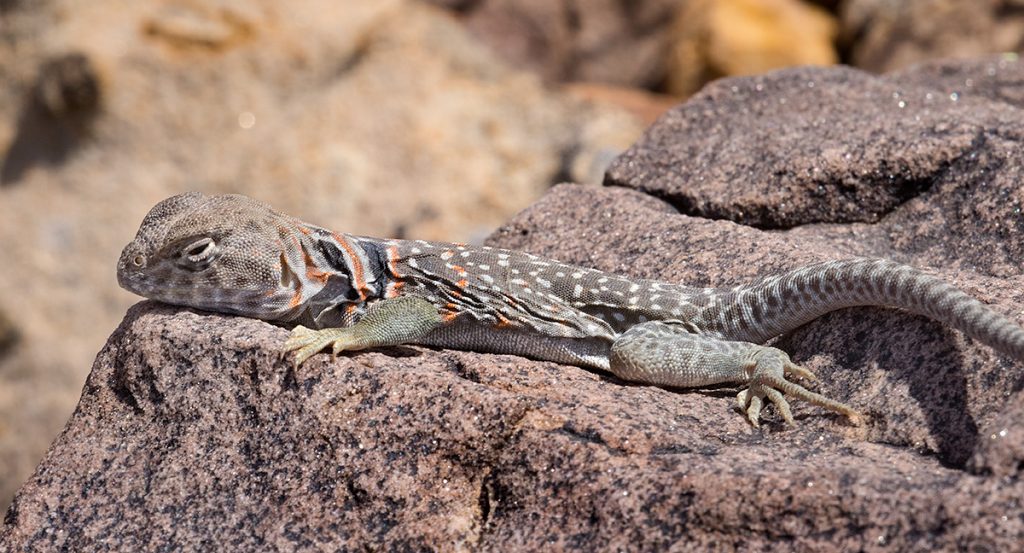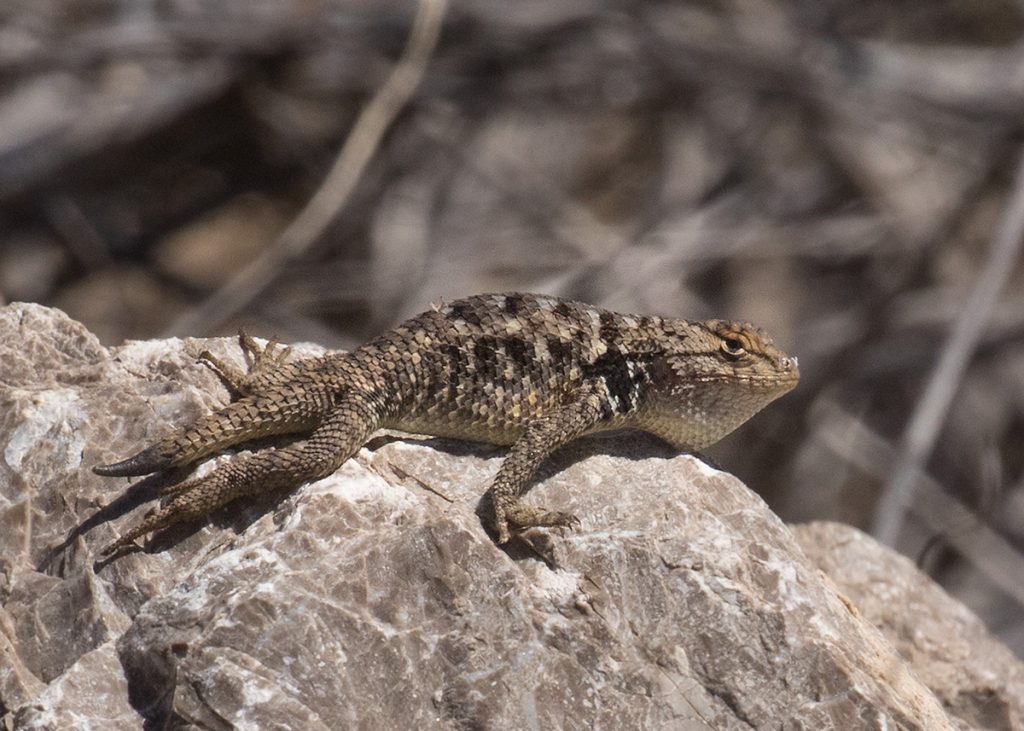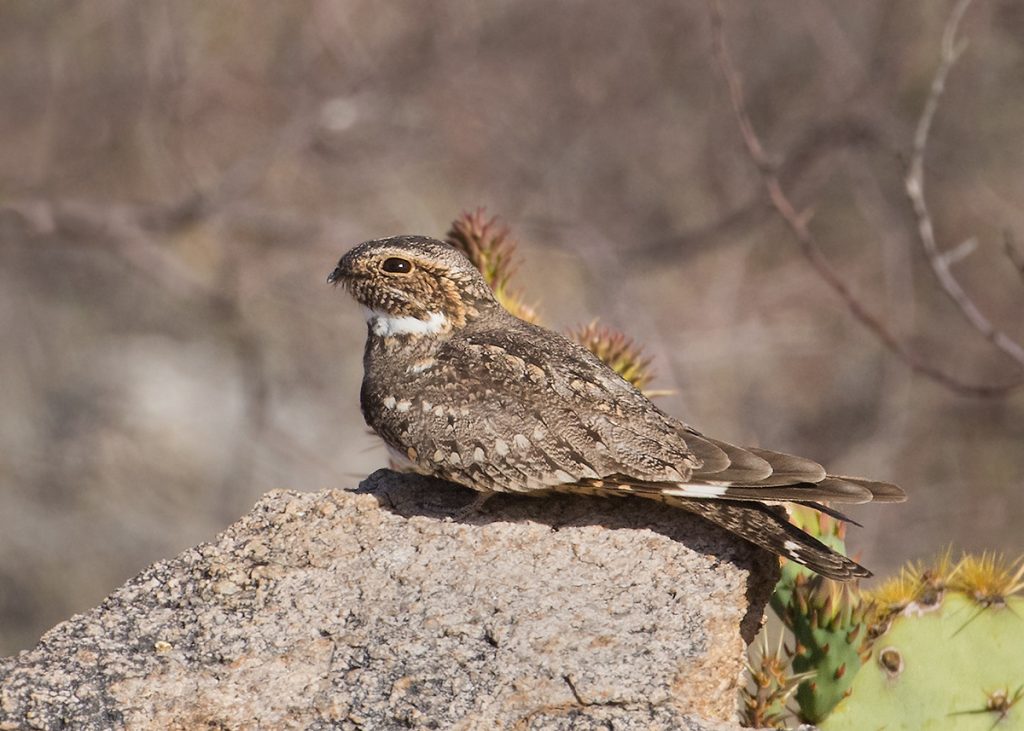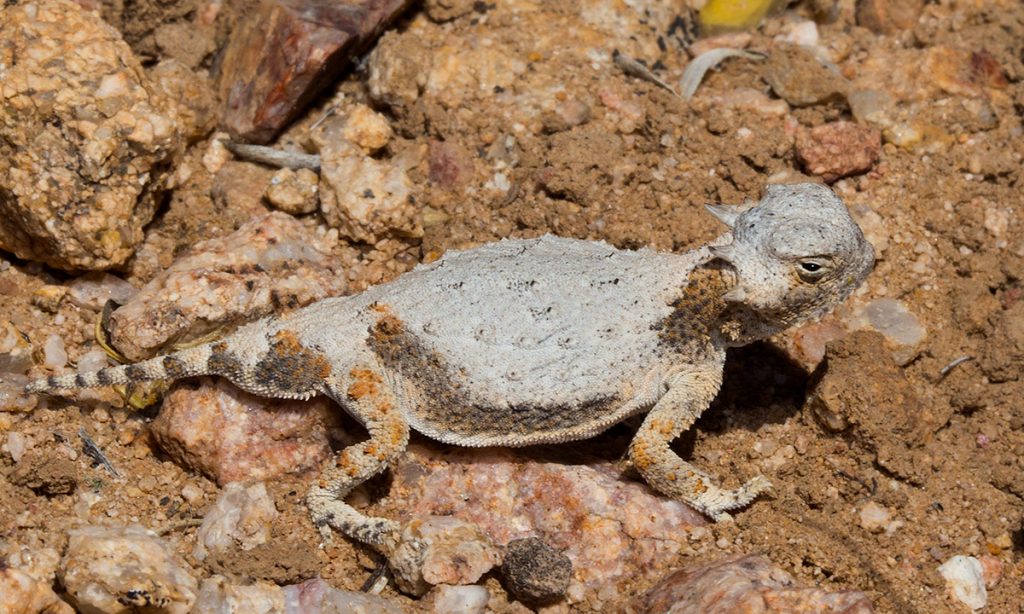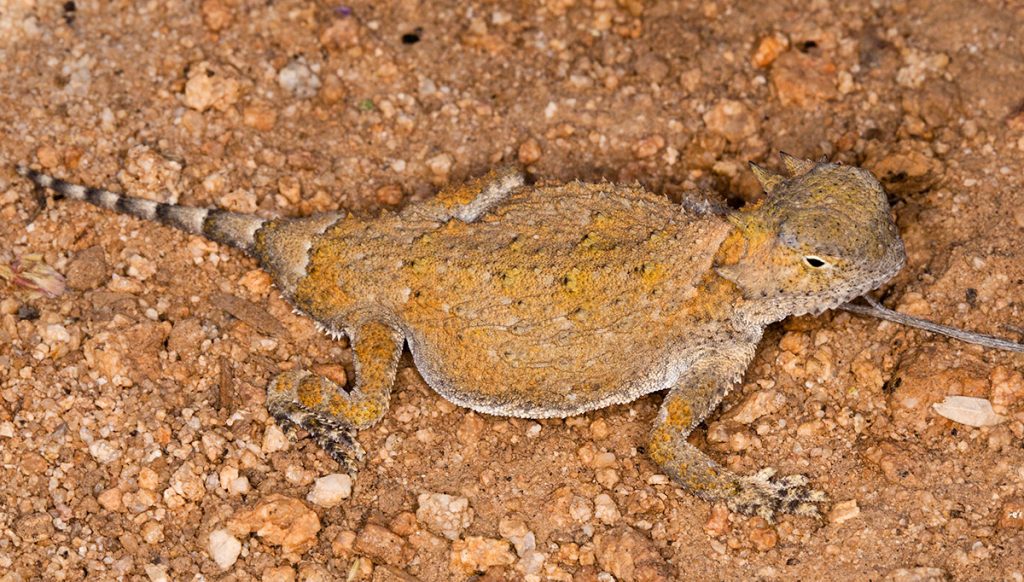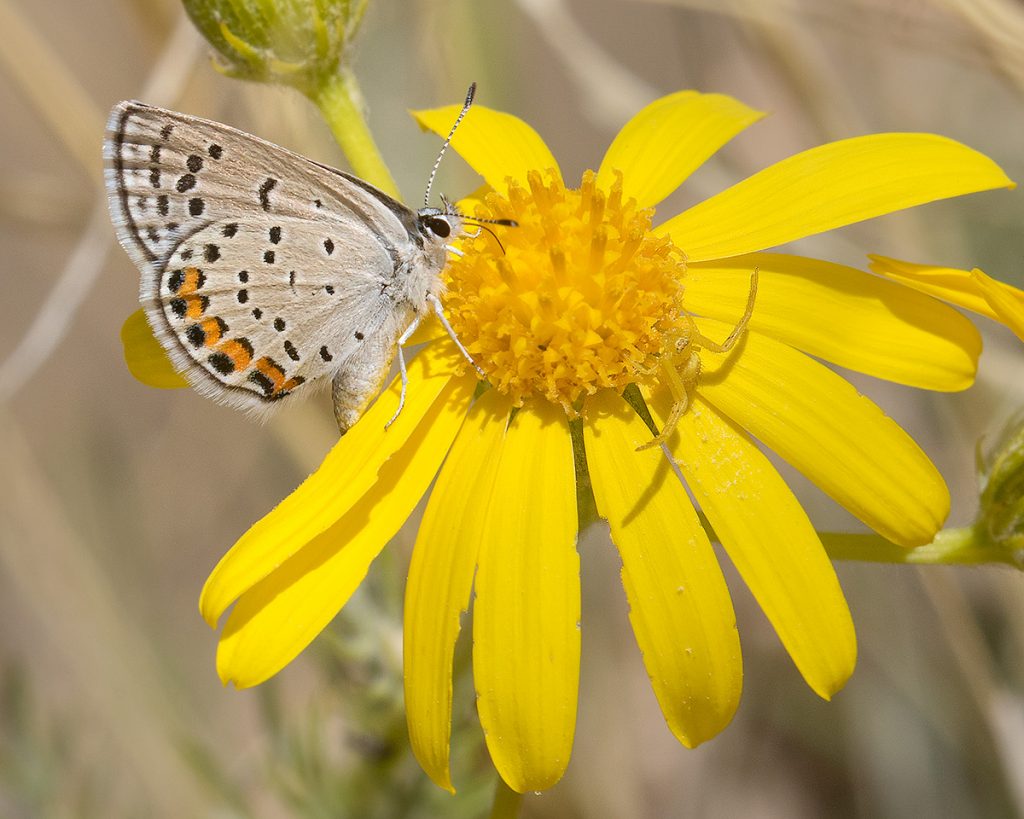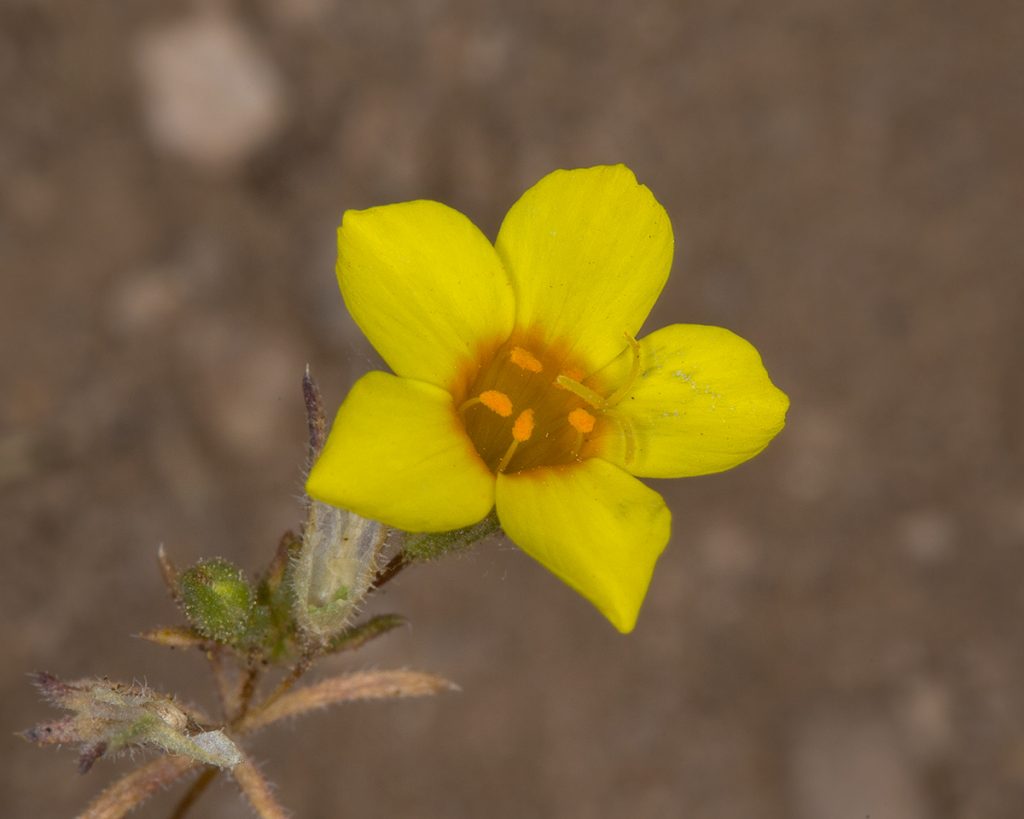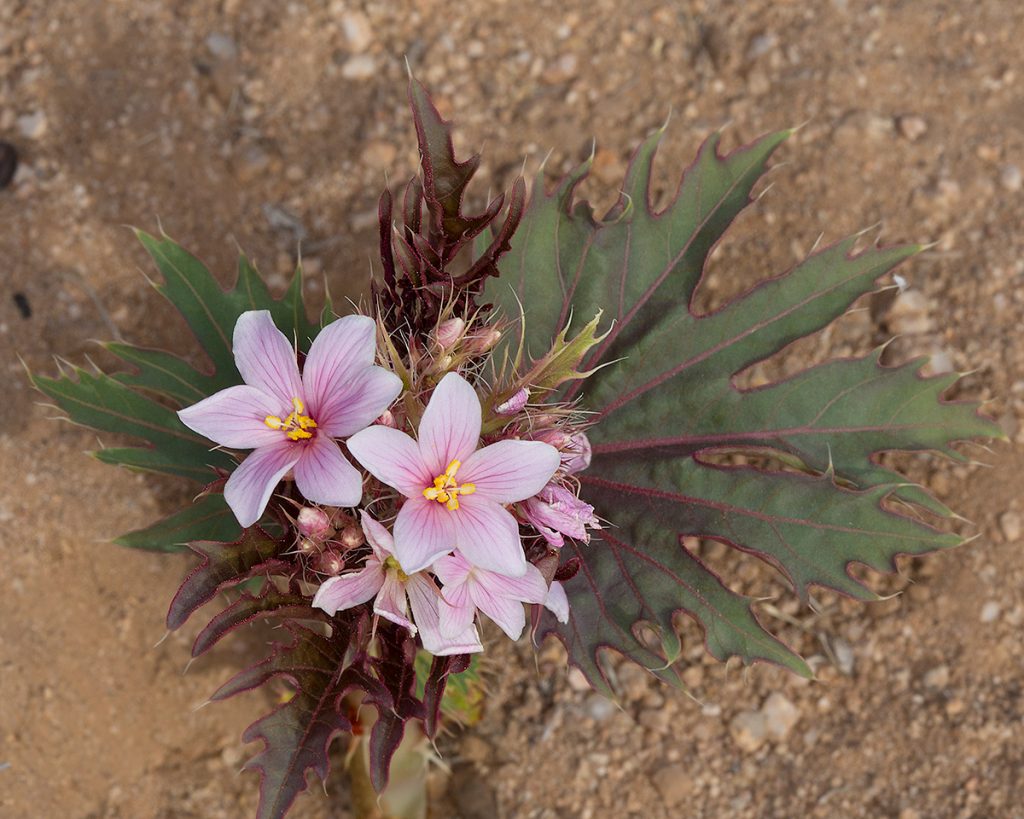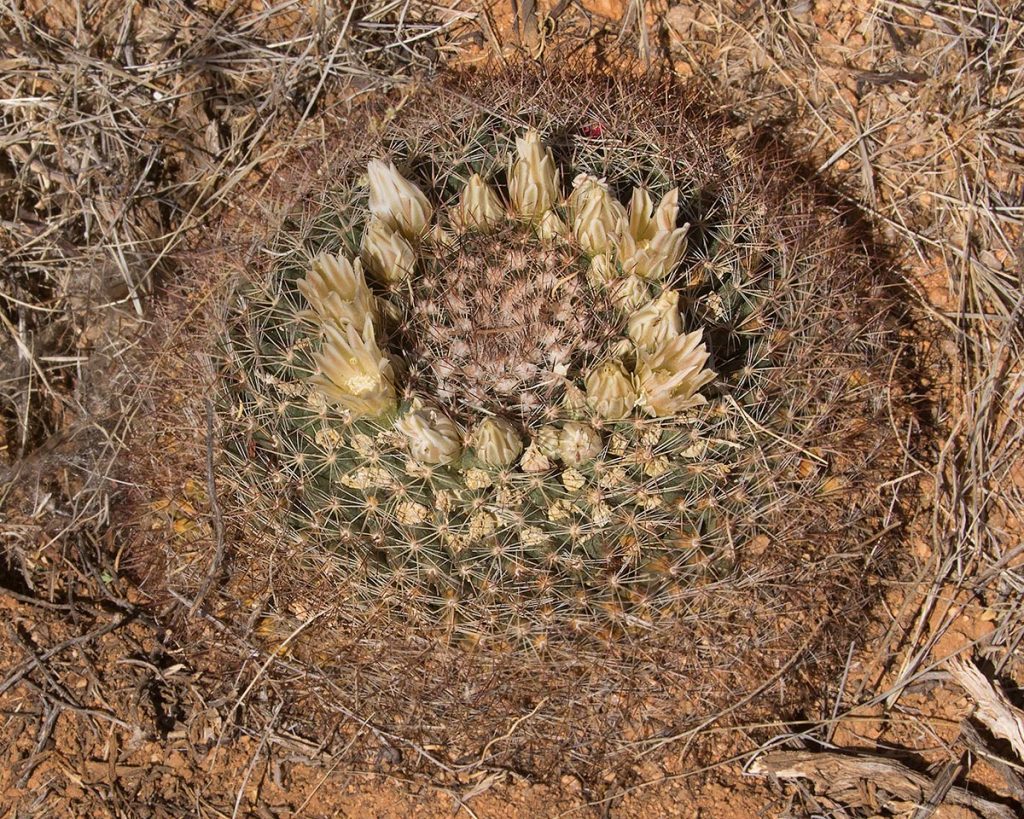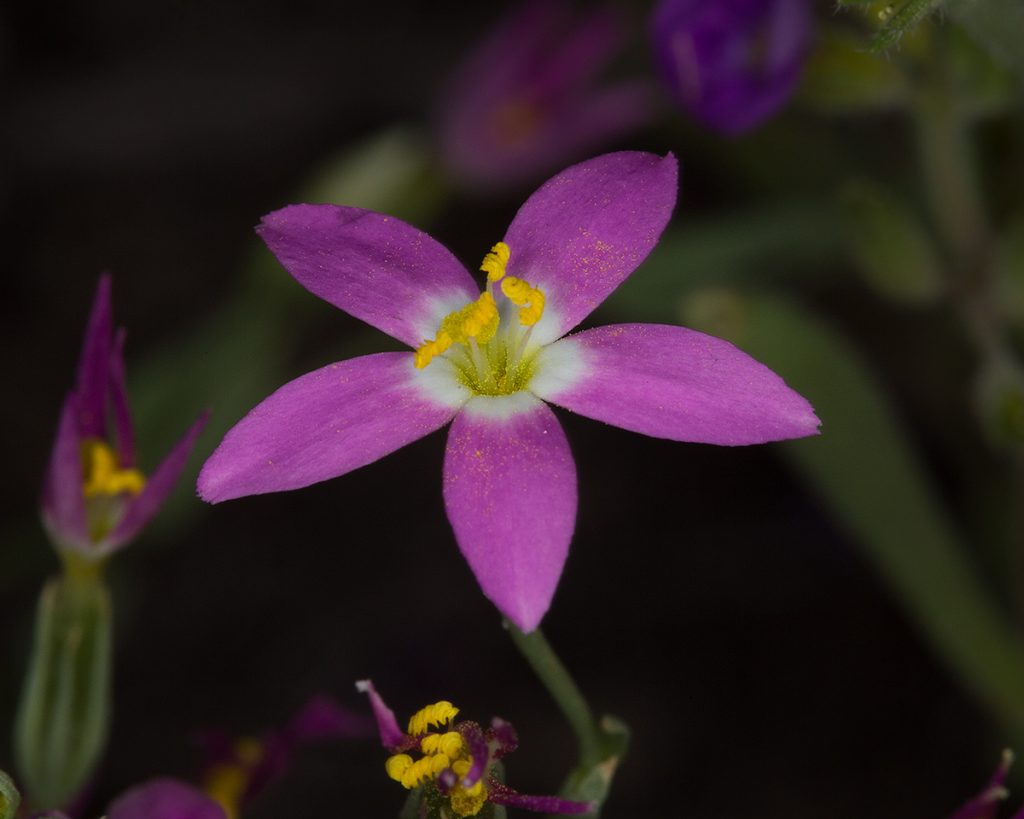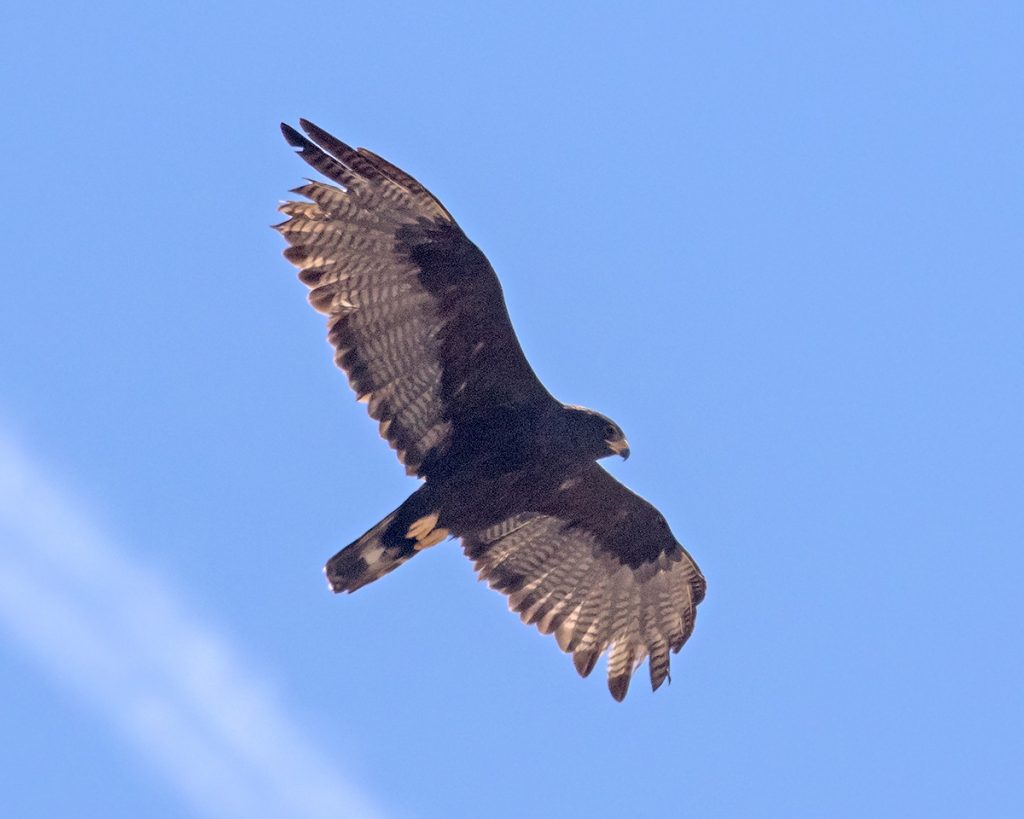I left Valley of Fires on Saturday and drove north into Colorado, stopping for the night at the Timpas picnic area. Timpas picnic area is actually a Forest Service (Comanche National Grassland) picnic area/campground of sorts, there are some picnic tables, shelters, a restroom, interpretive signs, and best of all, some pretty good birding. It was here, many years ago, that I got my lifer Cassin’s Sparrow. I saw some again on this stop, along with abundant Lark Buntings, some Curve-billed and Sage Thrashers, meadowlarks, and others. For me, the Cassin’s Sparrow was the most interesting.
Timpas is open for camping and is free and quiet. There is no water and no phone/internet service. There is a railroad that runs close by, but every time I’ve stayed there the only train is an Amtrak that comes by around 8 PM. I left Timpas early this morning and drove to Red Willow State Park near McCook. I like this park but it sure is expensive, $42.00 a night. At least it is quiet. After free camping in the Sonoran Desert all winter, I shouldn’t complain.






